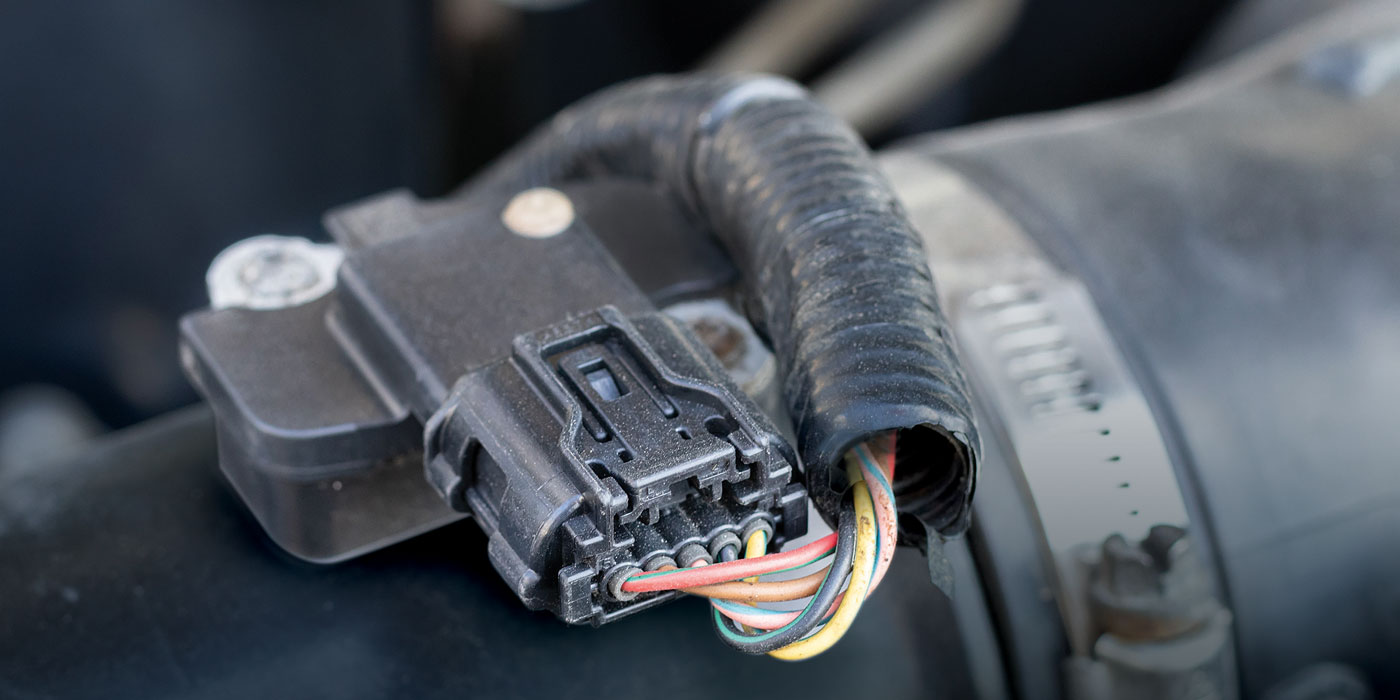Radiators in most late-model vehicles are aluminum with plastic end tanks. Most older vehicles have copper/brass radiators.
Major cooling system components include the radiator (provides cooling for the coolant), radiator cap (keeps the coolant under pressure so it will resist boiling to a higher temperature), coolant reservoir, cooling fan (electrical or mechanical), water pump (belt-driven pump on the front of the engine to circulate coolant between the engine and radiator), thermostat (to control the operating temperature of the engine), upper and lower radiator hoses, heater hoses, belt(s), coolant sensor and antifreeze.
Related parts may include a fan relay (for an electrical fan) or fan clutch (for a mechanical fan) and the heater core.
Cooling system problems include leaks and corrosion. Leaks commonly occur at the water pump shaft seal, hoses, radiator or heater core. A bad head gasket may also leak coolant internally inside the engine (which can damage the engine if not repaired). Leaks usually lead to overheating due to the loss of coolant. Small leaks, including head gasket leaks, can often be sealed by adding a bottle of chemical sealer to the cooling system.
Overheating also can be caused by a stuck thermostat that fails to open, a bad water pump (loose or damaged impeller), an electrical cooling fan that fails to come on or a slipping mechanical fan.
Corrosion can occur in the cooling system when the corrosion inhibiting chemicals in the coolant wear out. Most long-life coolants have a service life of 100,000 to 150,000 miles or 5 years. The condition of the coolant can be determined by chemical test strips. If the coolant tests bad or has exceeded its useful service life, it needs to be changed.
Most coolants are a 50/50 mixture of ethylene glycol (EG) antifreeze and water. Long-life coolants use various types of Organic Acid Technology (OAT) corrosion inhibitors. Silicates also may be added to some coolants for added protection of aluminum surfaces. Replacement coolants should be the same same type as the original, or a “universal” coolant (all makes/models) that is compatible with the vehicle manufacturer’s requirements.
If a cooling system is dirty, a chemical flush should be used to clean it prior to change the coolant. Other cooling system additives include products that improve heat transfer and cooling efficiency.
Radiators in most late-model vehicles are aluminum with plastic end tanks. Most older vehicles have copper/brass radiators. Radiator leaks can sometimes be stopped by adding a sealer product to the coolant, but eventually a leaky radiator will have to be repaired or replaced. Replacement radiators must have the same width, height and hose connections to fit properly, and the same or higher cooling capacity to cool properly. Increased cooling capacity is recommended for towing and performance applications.
Required to pass this section of the P2 test:
1. Identify major cooling system components.
2. Identify component function and common reasons for replacement.
3. Identify related items, including coolants and service chemicals.
4. Provide basic use, maintenance, installation, and warranty information.













